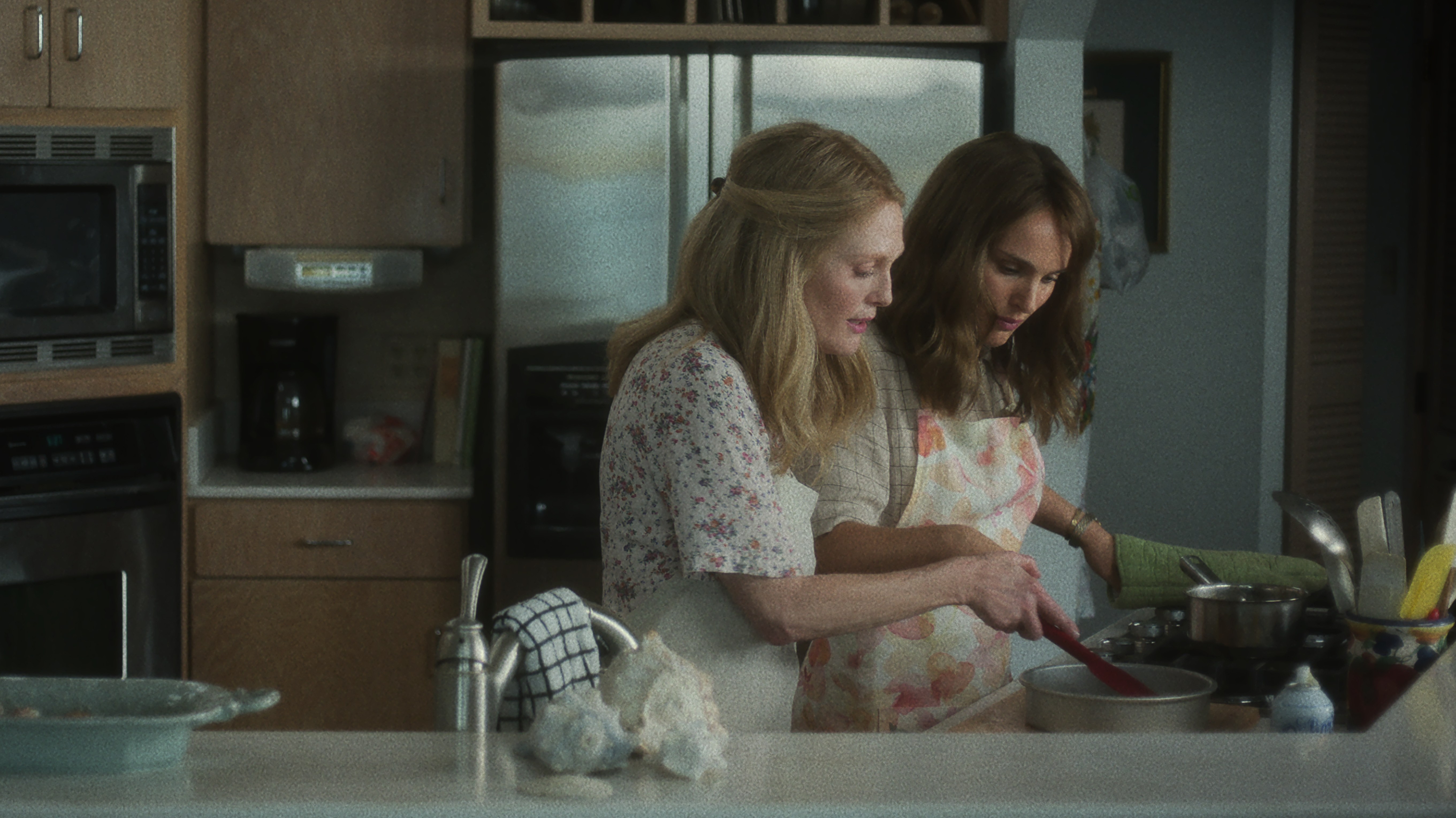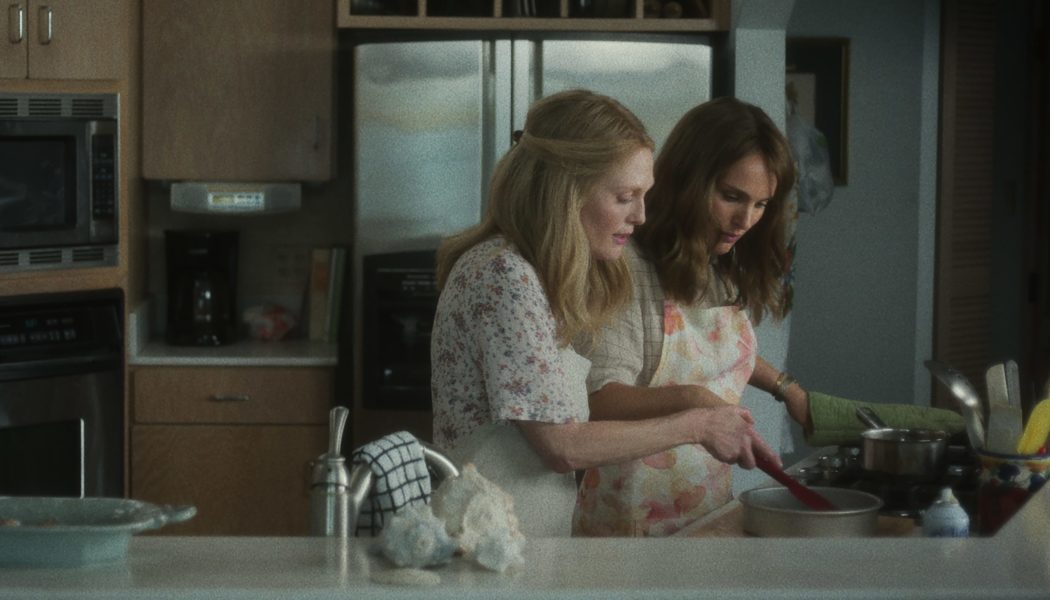
Is “May December” camp or not? That’s the question the internet is currently obsessing over, but whether you fall on the “definitely” or “no, rude question!” side, one clue can be found in the dark comedy’s notably prominent score by Marcelo Zavros.
Ten minutes into the Todd Haynes movie that’s loosely based on the story of Mary Kay Letournau, Julianne Moore, playing Gracie, the wife and mother, opens the fridge while getting ready for a family barbecue. As she casually comments, “I don’t think we have enough hot dogs,” the lush chords familiar from the 1971 movie “The Go-Between” burst loudly into the scene, lending the mundane moment an unexpected melodramatic punch. Haynes characterized the music as “exciting, juicy, strange and excessive” on the “Soundtracking” podcast.
The ominous music provides contrast for the setting in a way often heard in soap operas as a dramatic motif. At this point in the film, the tone and plot have barely been revealed. Zarvos explains, “The music destabilizes the viewer and is constantly taking you out of the film.”
The composer, who worked on Haynes’ “Dark Waters” as well as “Flamin’ Hot” and “Cassandro,” took a unique approach to adapting Legrand’s theme and adding his own touches: Rather than having the music guide the story, it broke the boundaries of what conventional film scoring was meant to do. “It is a character that is almost on a separate track and guides you out of the story in a very deliberate way,” says Zarvos.
Gracie’s past is a dark one. When she was 36, she was caught having sex with her colleague Joe at work, when he was just 13. After having his child behind bars, Gracie married Joe, who is now the same age Gracie was when they first met.
Haynes had recently seen “The Go-Between” — the 1970 British film that also happens to be about a 13-year old boy, with an urgent motif by Michel Legrand, and included it as part of the inspiration package he sent the “May December” team members. Zarvos says Haynes also provided visual references that included “Barry Lyndon” and Ingmar Bergman’s “Persona.”
“He wanted the theme to keep coming back in this circular feeling, so you anticipate the music,” Zavros says, “The idea was to use it to grab the viewer back emotionally. It wasn’t so much about the film, ‘The Go-Between,’ it was more about here is this piece of classical music, and we’re going to use it as the basis for the score and very much about the music itself.”
As for the film’s ironic moments, Zarvos explains his cues were designed to serve as a counterpoint to what was happening onscreen. “When you have the super serious music happening, that alchemy of the scene being scored in that unusual way, it’s not what you’re expecting.”
Throughout the film, Gracie appears to be confident with her life and choices, a facade she puts on for Natalie Portman’s actor character Elizabeth, but there are disturbing horrors underneath it all. “Those are places that are far more weighted. That’s where we go into the ambient, electronic music,” says Zarvos.









